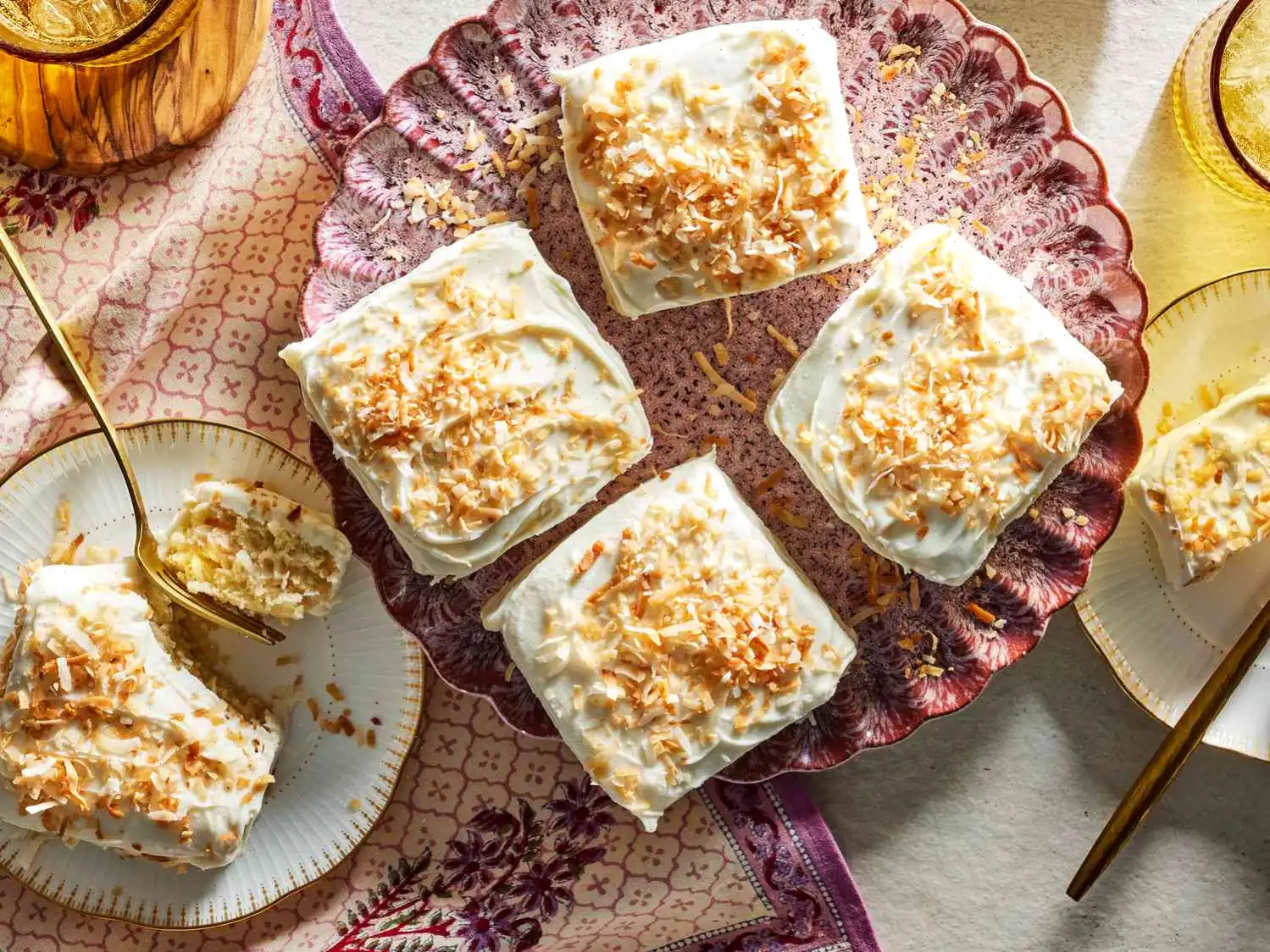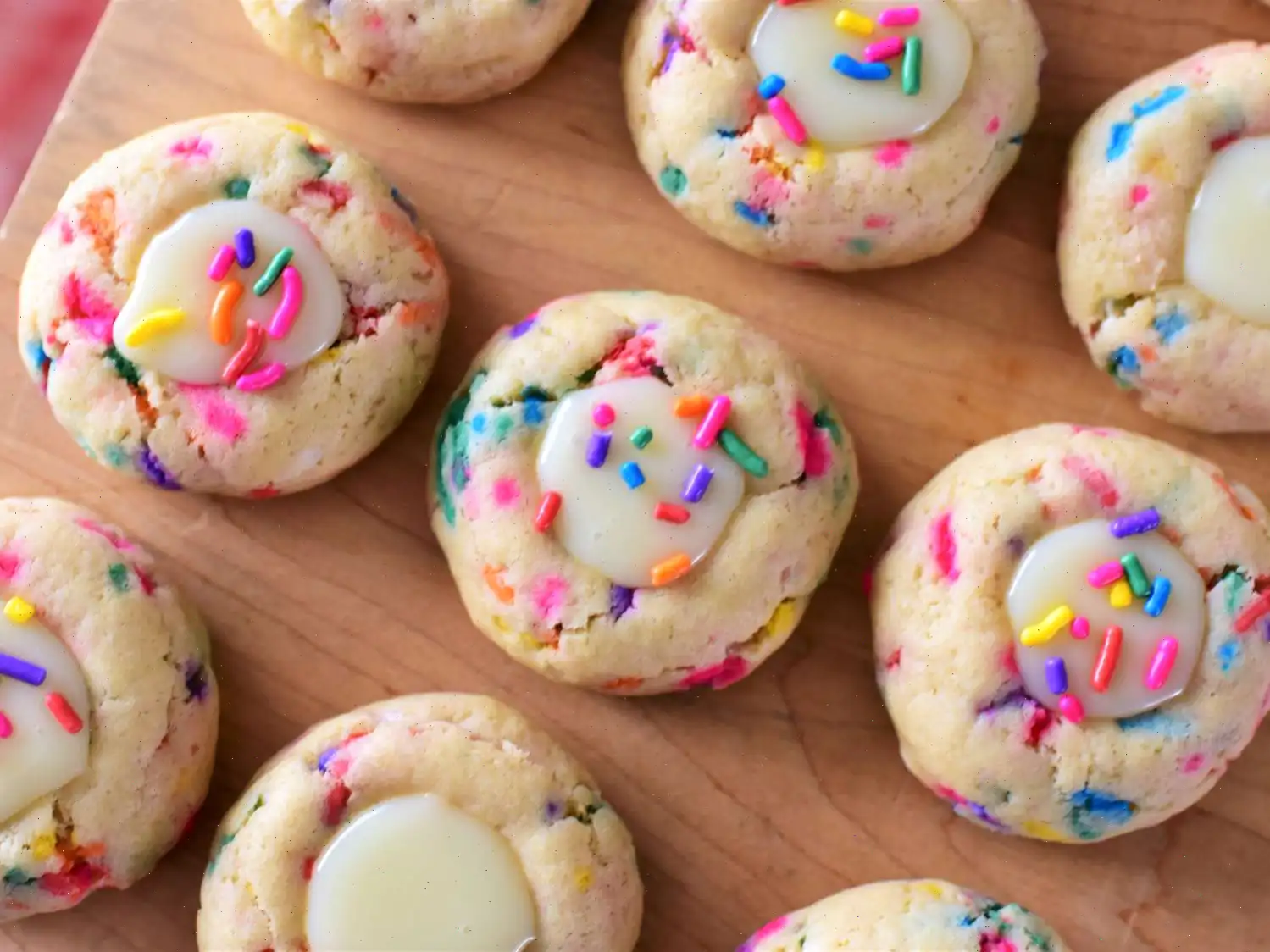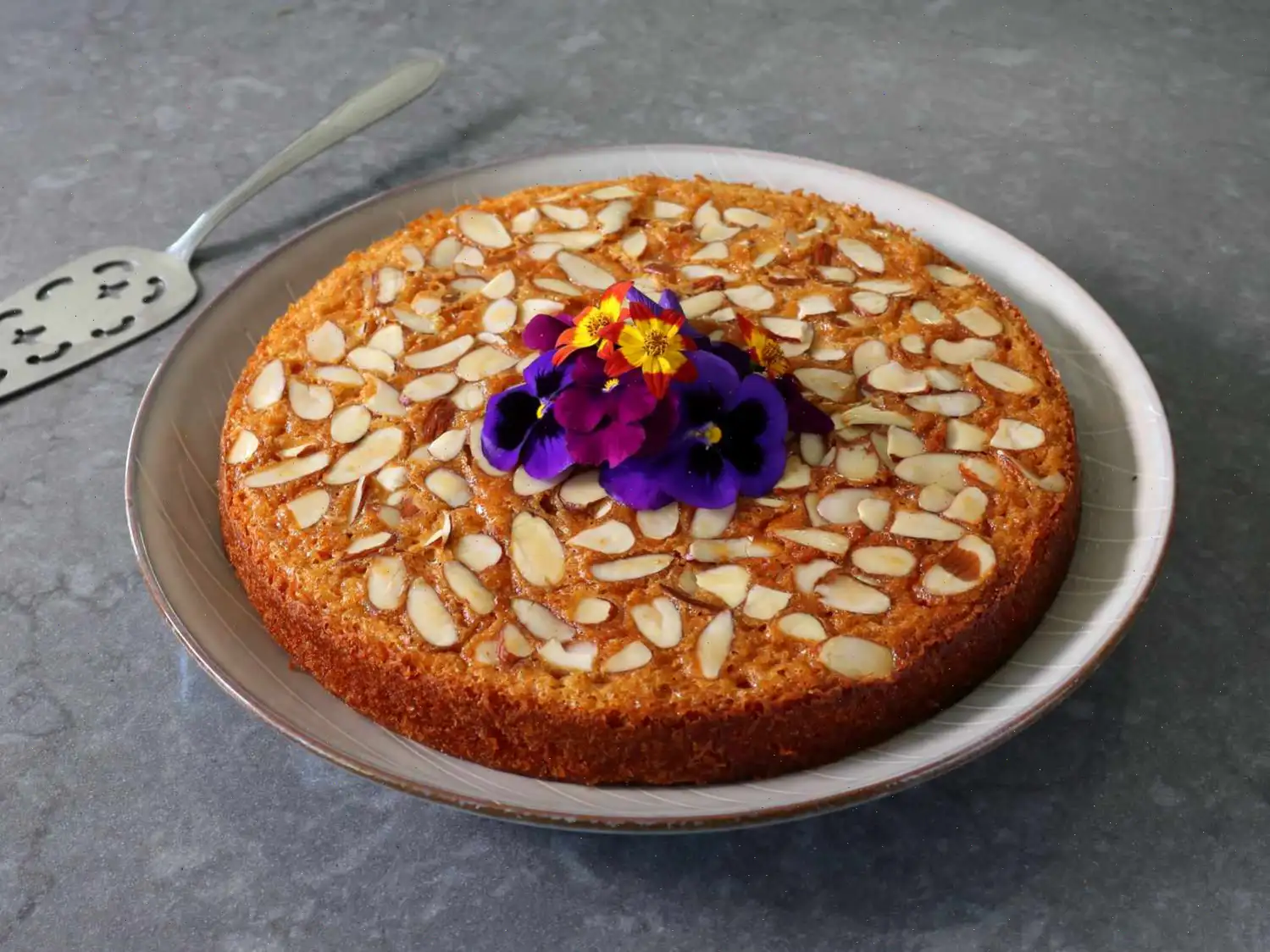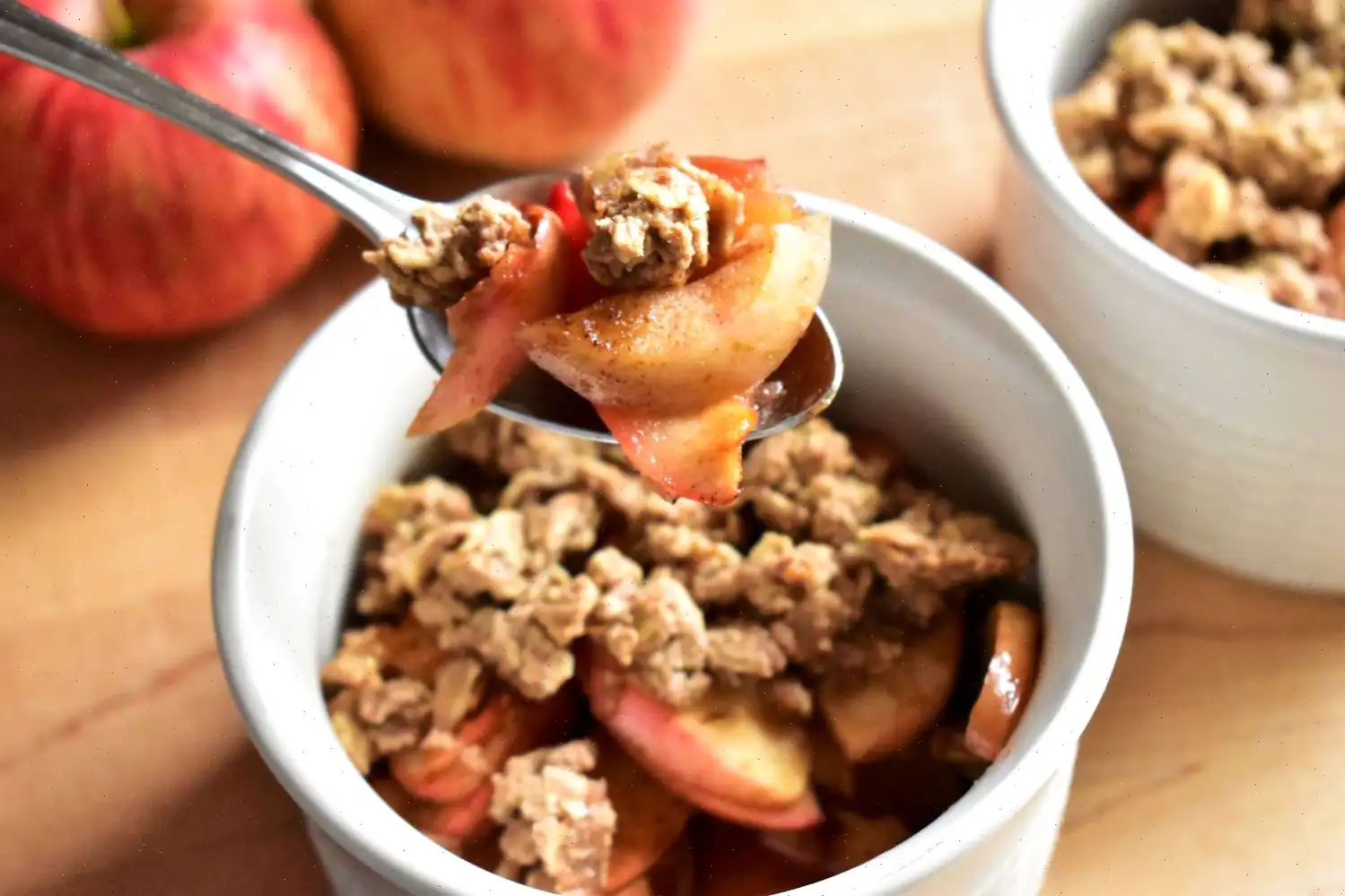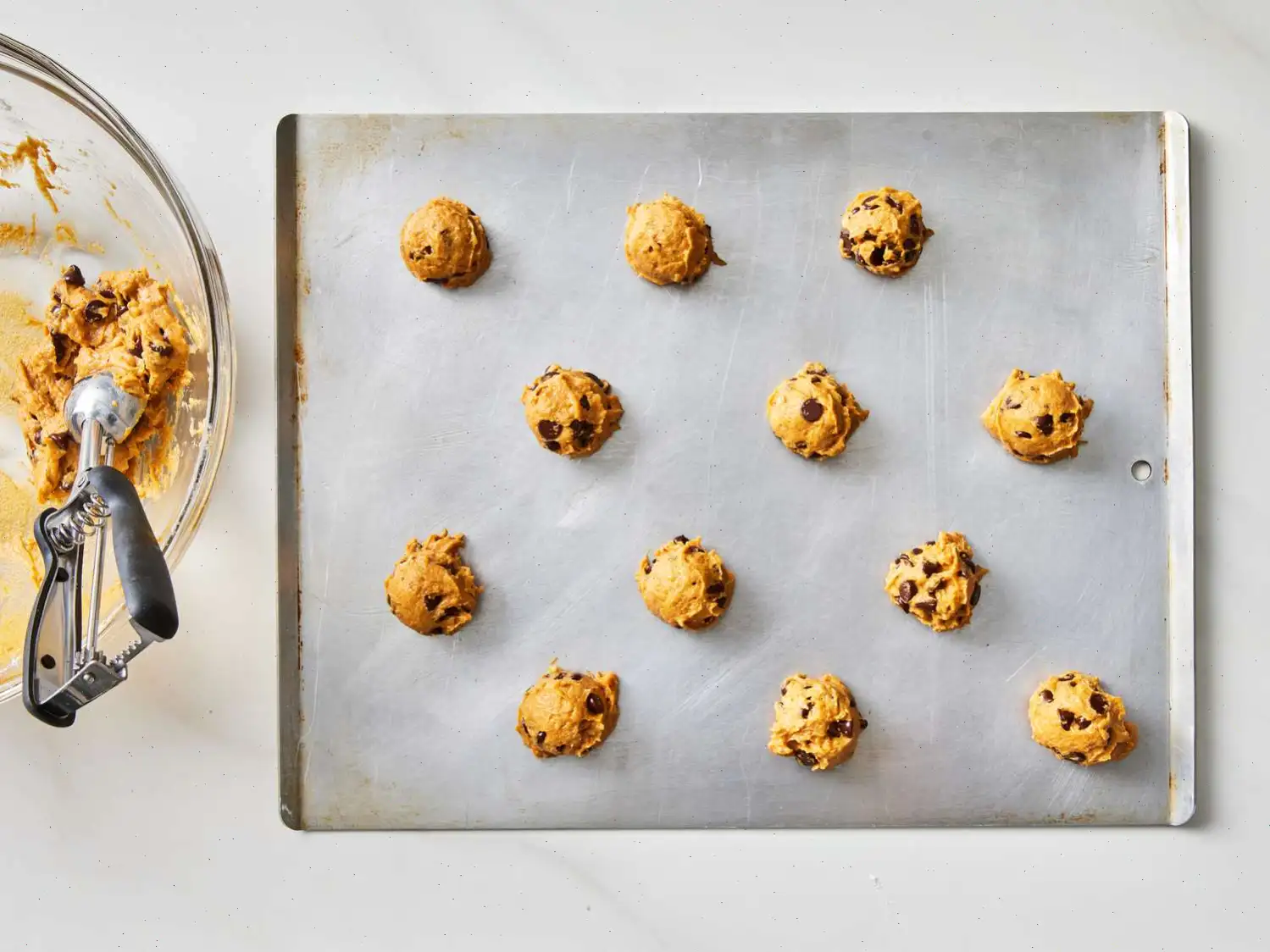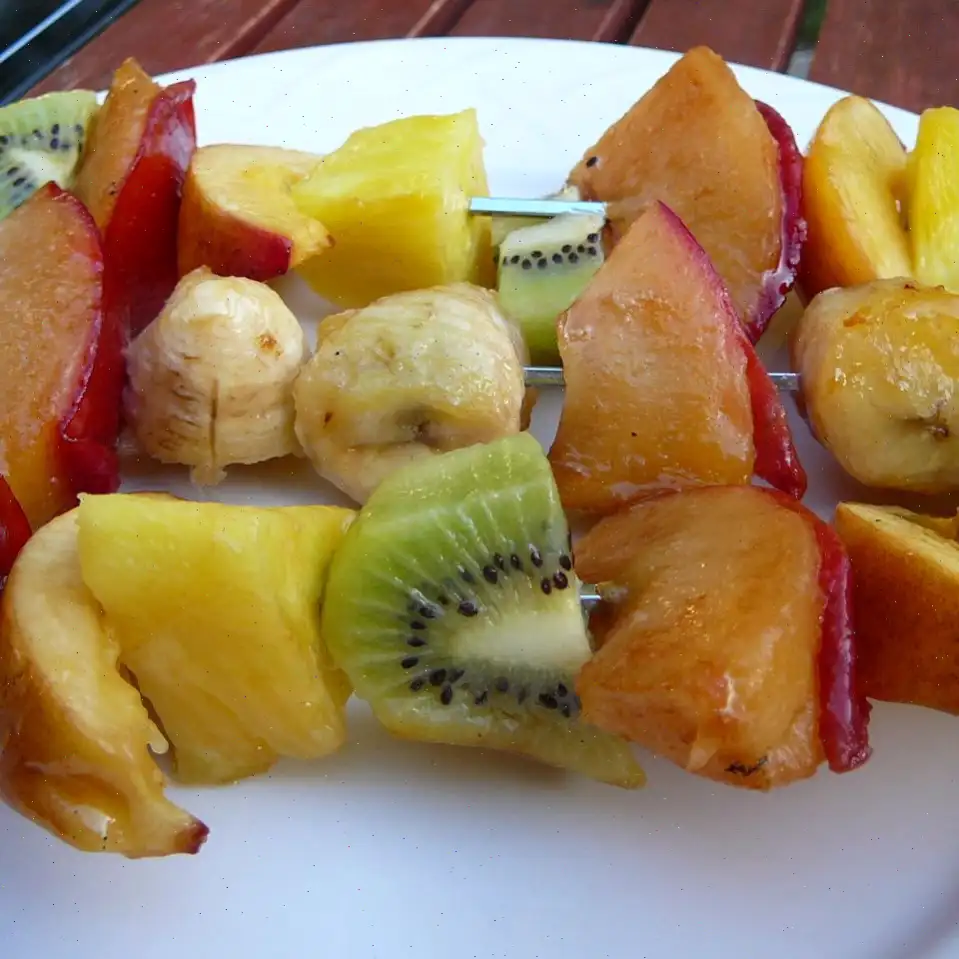
Coconut Dream Snack Cake
If you love coconut, this little cake is a dream come true. Both creamy and soft with a little bit of coconut chew, it starts with a thin layer of fluffy coconut cake thats honestly delicious on its own. A thick layer of decadent coconut custard dresses it up further, finished with a thick cream-based glaze that provides a glossy surface and drips beautifully down the sides of each cake. Sweetened coconut is the perfect finisher and an opportunity to get creative. Leave the coconut as-is for a classic all-white effect, toast it for more color and flavor, or mix a small amount of gel food coloring into your coconut to tint it a bright color.
Ingredients:
- 2 cups flour
- 2 teaspoons baking powder
- 1 teaspoon fine sea salt
- 1/2 cup plus 2 tablespoons unsalted butter, at room temperature
- 1 3/4 cups white sugar
- 4 eggs
- 4 teaspoons vanilla extract
- 1/2 teaspoon coconut extract
- 1 cup buttermilk, at room temperature
- 1 cup sweetened shredded coconut
- 1 (13 ounce) can full-fat coconut milk
- 1/2 cup whipping cream
- 1/4 cup cornstarch
- 4 cups toasted sweetened shredded coconut
- 5 ounces vanilla-flavor candy coating (almond bark), chopped
- 4 cups powdered sugar
- 1/4 cup light corn syrup
- 4 to 6 tablespoons hot water
Directions:
- Preheat the oven to 350F (175C). Coat a 9x13-inch baking pan with cooking spray, line the bottom with parchment paper, and coat the parchment with cooking spray.
- In a medium bowl, whisk together the flour, baking powder, and 1/2 teaspoon salt.
- In the bowl of a stand mixer fitted with a paddle attachment, beat 1/2 cup butter and 1 cup sugar at medium speed for 4-5 minutes until light and fluffy. Add 2 eggs one at a time, mixing after each addition, and scrape the bowl well.
- Mix in 1 1/2 teaspoons vanilla extract and coconut extract until combined.
- Gradually add one-third of the flour mixture to the stand mixer, mixing on low speed. Then add half of the buttermilk, scraping the bowl well. Continue alternating between adding flour mixture and buttermilk until both are fully incorporated and the batter is smooth.
- Mix in 1 cup sweetened shredded coconut.
- Pour the batter into the prepared pan and spread evenly. Bake for 20-25 minutes or until the cake springs back when touched in the center. Let the cake cool completely on a wire rack.
- For the custard, combine coconut milk and whipping cream in a medium saucepan over medium heat. In a separate bowl, whisk together cornstarch, the remaining 3/4 cup sugar, and 1/2 teaspoon salt. Whisk in the remaining 2 eggs until smooth.
- Once the coconut milk mixture begins to simmer, slowly whisk in about a fourth of the hot liquid into the egg mixture. Then, pour the egg mixture back into the saucepan, whisking constantly. Cook the custard over medium heat for 3-4 minutes until thickened, whisking constantly until large bubbles break the surface.
- Remove the custard from heat, stir in 1 1/2 teaspoons vanilla extract and 2 tablespoons butter. Strain the custard through a fine-mesh sieve into a bowl and stir in 2 cups toasted coconut. Cover with plastic wrap directly on the surface and let cool at room temperature for 15 minutes, then refrigerate until fully cooled.
- Once the cake is cooled, invert it onto a cutting board. Remove the parchment paper and use a long serrated knife to cut the cake in half horizontally to create two even layers.
- Spoon the cooled custard over the bottom layer of the cake, spreading evenly, and place the top layer of cake over the custard. Cover loosely with plastic wrap and freeze for at least 2 hours or up to 4 hours until firm.
- Once the cake is firm, use a sharp knife to cut it into 12 even rectangles. Line a baking sheet with parchment paper, place a wire rack on the sheet, and arrange the cake pieces on the rack.
- For the glaze, microwave the almond bark in a small glass bowl on high, stirring every 20 seconds, until melted and smooth. In a separate bowl, whisk together powdered sugar, corn syrup, 4 tablespoons hot water, and the remaining 1 teaspoon vanilla extract. Add the melted almond bark and mix well. If necessary, add more hot water, 1 tablespoon at a time, to reach the desired consistency.
- Spoon about 3 tablespoons of the glaze over each cake piece and use a small offset spatula to spread it in an even layer, allowing the excess to drip off.
- Immediately garnish each piece with the remaining 2 cups toasted coconut. Chill in an airtight until ready to serve, up to 4 days.
Nutrition Facts (per serving):
- Calories: 815
- Total Fat: 38g (49% Daily Value)
- Saturated Fat: 25g (125% Daily Value)
- Cholesterol: 99mg (33% Daily Value)
- Sodium: 495mg (22% Daily Value)
- Total Carbohydrate: 113g (41% Daily Value)
- Dietary Fiber: 5g (19% Daily Value)
- Total Sugars: 86g
- Protein: 10g (19% Daily Value)
- Vitamin C: 1mg (1% Daily Value)
- Calcium: 134mg (10% Daily Value)
- Iron: 3mg (19% Daily Value)
- Potassium: 378mg (8% Daily Value)
The Story Behind Coconut Dream Snack Cake
The Coconut Dream Snack Cake traces its roots to mid-20th century American home baking. During this era, convenience desserts like snack cakes became increasingly popular as pre-packaged sweets grew in grocery stores. Bakers began experimenting with tropical flavors, particularly coconut, which was prized for its sweet aroma and unique texture. The combination of fluffy cake, creamy custard, and coconut glaze evolved as an indulgent treat, blending both homemade charm and the appeal of commercially available snack cakes.
Regional Variations and Local Touches
While the Coconut Dream Snack Cake is widely considered an American classic, regional adaptations exist. In the southern United States, recipes often include buttermilk in the batter for extra tenderness and a subtle tang. In coastal areas, the topping may feature toasted or caramelized coconut to enhance the tropical flavor. Some modern variations even incorporate a hint of rum or coconut liqueur in the custard, reflecting a Caribbean influence. Despite minor differences, the essential layerscoconut cake, rich custard, and creamy glazeremain consistent across regions.
Distinguishing It from Similar Desserts
This cake differs from other coconut desserts such as traditional coconut cream pie or coconut layer cakes. Unlike pies, which have a pastry crust, the Coconut Dream Snack Cake relies on a soft, spongy base and often comes in convenient rectangular slices. Compared to standard coconut layer cakes, the addition of a custard filling sandwiched between two cake layers gives it a richer, creamier texture. The glaze and toasted coconut topping further set it apart, creating a distinctive visual appeal and flavor profile.
Where Youll Usually Find It
Though originally inspired by packaged snack cakes, this dessert has become a favorite in both home kitchens and bakeries. It is often served at afternoon teas, birthday parties, and potlucks. Many cafes and dessert shops offer their own versions, highlighting its versatility as a treat for special occasions or everyday indulgence. Its rectangular shape and layered presentation make it particularly convenient for sharing and serving in gatherings.
Fun and Fascinating Facts
- The snack cakes layered custard filling is reminiscent of traditional European pastries but adapted with tropical coconut for an American twist.
- Toasting the shredded coconut not only enhances flavor but also adds a visually striking golden contrast against the white glaze.
- Modern adaptations sometimes include a subtle food coloring in the coconut, turning the dessert into a colorful treat that appeals to children and festive events.
- The cakes popularity surged with the rise of convenience baking mixes, though today, scratch-made versions like this recipe are celebrated for their superior flavor and texture.
- Despite its indulgent nature, the cake demonstrates classic baking techniques, from creaming butter and sugar to tempering eggs for custard, making it a learning experience for bakers.


